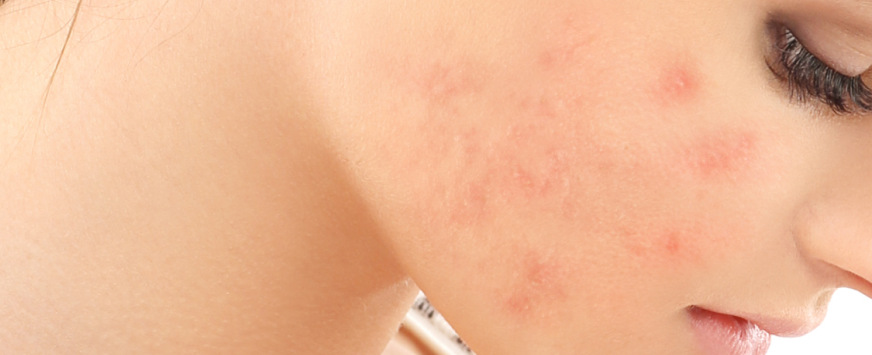Key features
The symptoms of rosacea can vary in severity from mild to severe and may come and go over time. Common signs and symptoms include:
Facial redness
Persistent redness, often resembling a flushed or sunburned appearance, is a hallmark of rosacea. It usually affects the cheeks, nose, forehead, and chin.
Flushing
Episodes of facial flushing or blushing may occur, triggered by various factors such as heat, sunlight, stress, spicy foods, or alcohol.
Visible blood vessels
Small, swollen blood vessels (telangiectasia) may become visible on the skin, particularly in the central face.
Eye problems
In some cases, rosacea can affect the eyes, causing symptoms such as dryness, irritation, burning, redness, and a gritty sensation. This condition is known as ocular rosacea.
Papules and pustules
Some individuals with rosacea experience acne-like breakouts, consisting of small red bumps (papules) or pus-filled bumps (pustules). However, these can be mistaken for acne but typically lack blackheads and whiteheads.
Thickened skin
In some cases, rosacea can progress, causing the skin on the nose to thicken and develop a bumpy texture. As a result, this condition, called rhinophyma, occurs more frequently in men.





